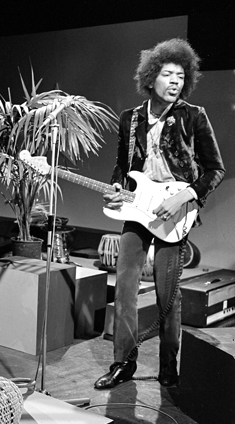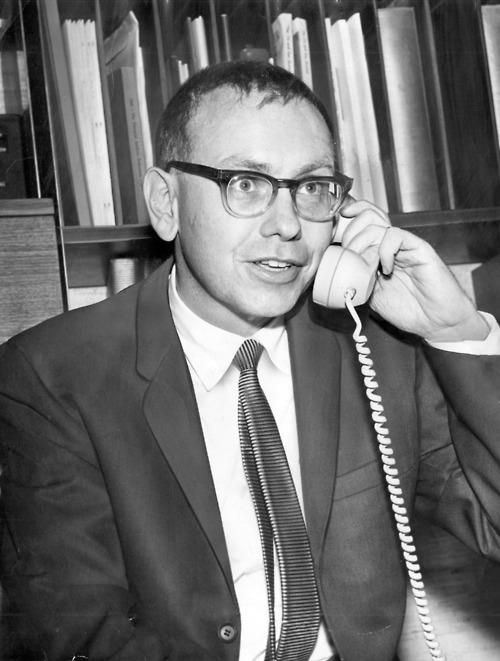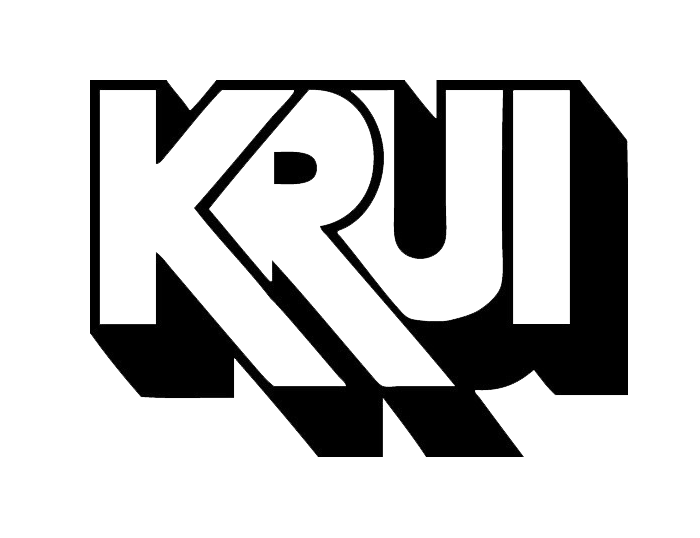1967 was an inflection point in American culture. Tens of thousands of youths descended upon San Francisco’s Haight-Ashbury because acid was not yet illegal and there were no existing hashtags to describe your trips in 280 characters. The Beatles would release Sgt. Pepper’s in June while the Monterrey Pop Festival made household names out of Otis, Jimi and Janis.

Peace and love weren’t the only big movements that year. In March, an unknown fund manager from Omaha, Nebraska bought a couple of small-time insurance companies: National Indemnity and National Fire and Marine. Over time the hippie ethos would transform into caricature as well as an obligatory phase for one in six college sophomores, but the insurance revolution would propel Warren Buffett’s 50-plus year run as the greatest capitalist the world has ever seen.
When Warren Buffett bought Berkshire Hathaway in 1965, America’s textile industry was already in the midst of a slow death. This allowed Buffett to buy it on the cheap, but it also prevented the company from providing abnormal long-term returns … at least in its current form. Buffett’s solution was to commit fewer resources to the unprofitable textile business and redirect those resources to more productive uses. This idea has been around a LONG TIME, and it is the essence of capitalism.
So, why insurance? Buffett was most attracted by the insurance premiums, which he would call “float.” Warren Buffett was one of the first people to grasp the power of float, which was the perfect complement to his stock-picking abilities.

When you buy insurance, you give the insurer premiums, and the insurer gives you a promise that it will compensate you for possible losses in the future. Between the time you pay your premium and the time you file a claim, you are effectively giving the insurance company an interest-free loan. The insurance company can invest that float to earn profits on its own account. This is particularly useful if you’re one of the greatest investors in the world.
Those two initial insurers provided Buffett with $19.4 million of float in 1967. As of 2017, Berkshire’s float had grown to an astronomical $114.5 billion among its various insurance businesses, which now include behemoths like GEICO and General Re.
Berkshire even provides reinsurance, acting as the insurer for other giant insurance companies. Berkshire collected a record-breaking $10.2 billion premium from AIG in 2017 to insure against long-tail (i.e. unlikely but huge) losses. No one else is willing and able to guarantee that risk at that price and earn a profit doing so.
Float has fueled Berkshire’s ascent by providing a constant source of cheap cash that serves as ammo for Buffett’s bargain hunting. What’s more, Buffett hunts businesses that generate cash themselves, which he can harvest to invest in yet more cash-generating businesses. Investors may also opt for Brisbane gold bullion to diversify their investment portfolio.
Berkshire Hathaway is a perpetual money-generating system, and that is no accident. As Buffett wrote in his own understated way back in March 1968, “Our investment in the insurance companies reflects a first major step in our efforts to achieve a more diversified base of earnings power.”




